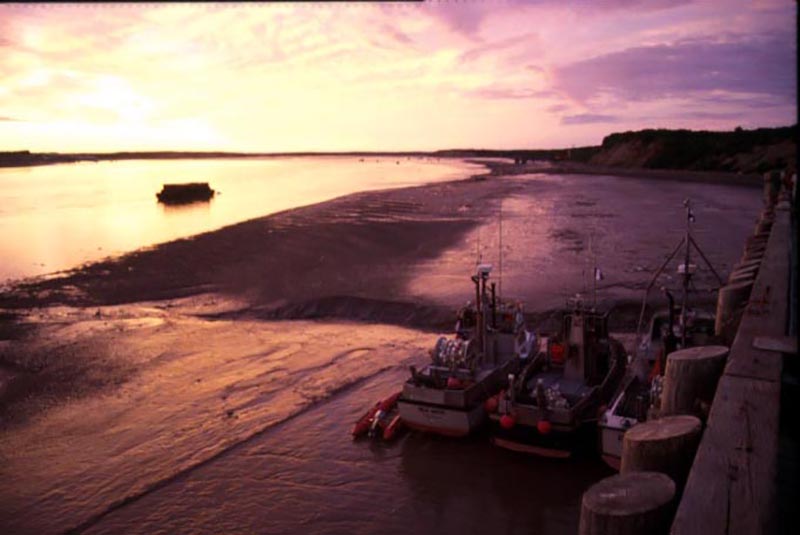A brighter outlook for Alaska’s upcoming salmon season just got even better.
Markets are looking good, the statewide salmon catch forecast of 204 million is up by a million fish, and the world’s biggest sockeye salmon fishery at Bristol Bay is breaking records for chilling its fish.
Last year nearly 40 percent of Alaska’s total salmon value came out of Bristol Bay. When its fish fetch a better pay check for boosted quality due to chilling, it is felt throughout the entire salmon industry.
“The size of the Bay harvest has a big impact on salmon prices elsewhere. Typically, it’s 35-40 percent of the global sockeye supply,” said Andy Wink, Senior Seafood Analyst with the McDowell Group.
“When the base price in 2015 was 50 cents at Bristol Bay and they had a large harvest, sockeye prices in other areas fell and we also saw coho prices come way down. It’s a market moving fishery and that is why it affects so many other Alaska fishermen.”
The 2016 Bristol Bay harvest of 37 million sockeye salmon from the region’s five river systems was the second largest in 20 years, and both drift and setnet harvesters chilled the largest amount of raw product in the history of the fishery.
That’s according to a processor survey done each year by Northern Economics, Inc. of Anchorage by contract with the driftnet fishermen-funded and operated Bristol Bay Regional Seafood Development Association.
"This is huge for the retail potential of Bristol Bay,” said Rebecca Martello, BBRSDA executive director. “The fleet is making great strides to ensure Bristol Bay is a quality product and this definitely ties into all aspects of marketing and making Bristol Bay the premium brand we know it to be.”
The 2016 survey captured raw product data, fleet information, ice production volumes, chilling methods, and opinions of trends and priorities within the fishery.
Some highlights:
- Responses by the region’s 12 major processors showed that 71 percent of the Bristol Bay driftnet fleet’s 1,390 participants chilled their catches, compared to the previous high of 59 percent in 2012.
- Of the total 212 million pound Bristol Bay salmon harvest that crossed the docks, chilled fish topped an “astounding” 137 million pounds. Drifters delivered a record 123 million pounds of chilled sockeye, a 40 percent increase from the previous year.
- The amount of salmon chilled by 858 setnetters decreased by three percent. The number of “dry deliveries” (unchilled) dropped below 22 percent, down nearly half from 2009.
- Last year saw a big shift away from putting the reds into cans and focusing instead on more valuable products: fresh and frozen fillets and headed/gutted (H&G) fish.
- Canned production dropped by nearly 17 million pounds (just 27 percent compared to over 70 percent two decades ago), while H&G fresh production increased eight-fold to nearly 14 million pounds. Salmon fillet production approached 50 million pounds, a 50 percent increase.
- Bristol Bay fishermen averaged $.76 a pound for their sockeye salmon last year. The average chilling bonus has steadily increased since the processor survey began in 2008, from $0.11 per pound to $0.16 per pound in 2016.
- At an average weight of 5.4 pounds, that makes each sockeye salmon caught last year worth more than $4.75 to fishermen.
- The sockeye salmon harvest at Bristol Bay for 2017 is projected at 27.5 million fish.







